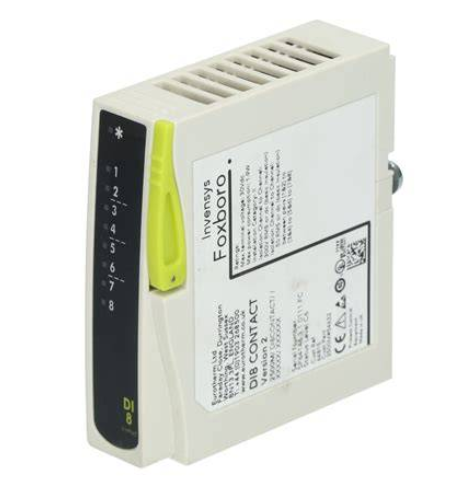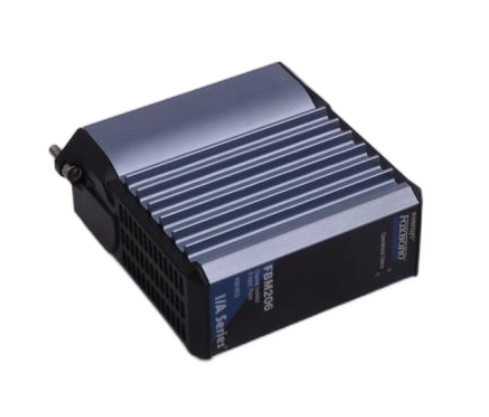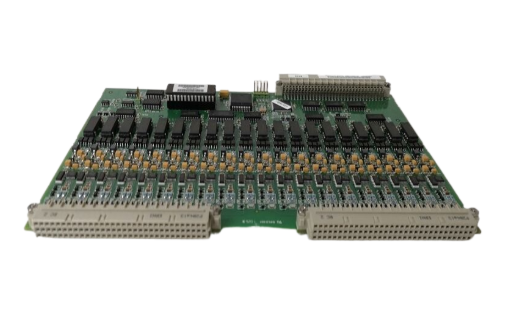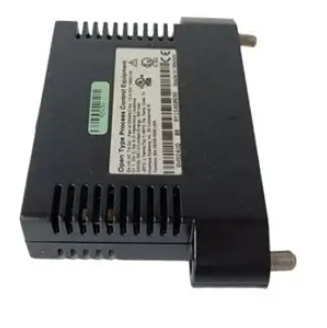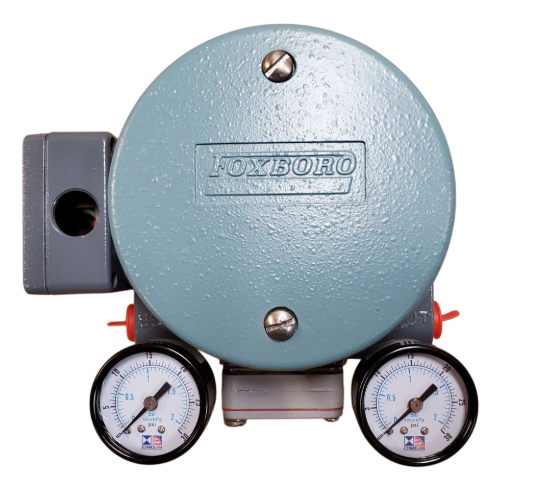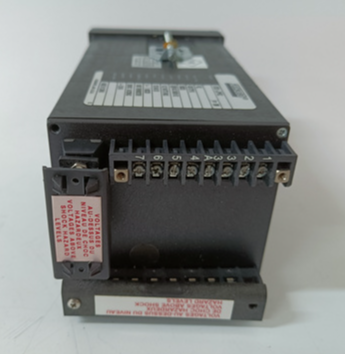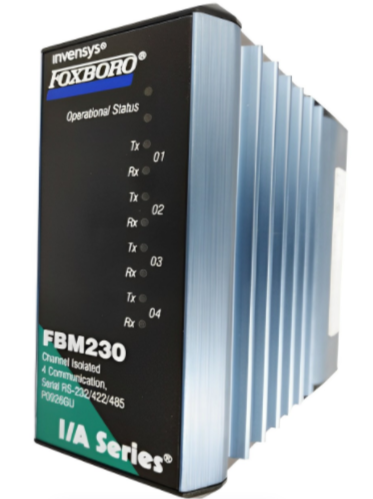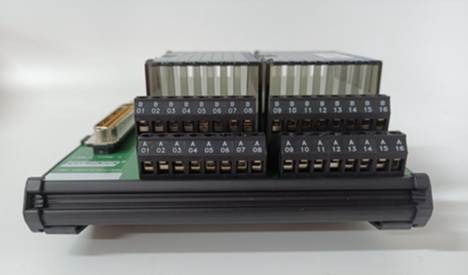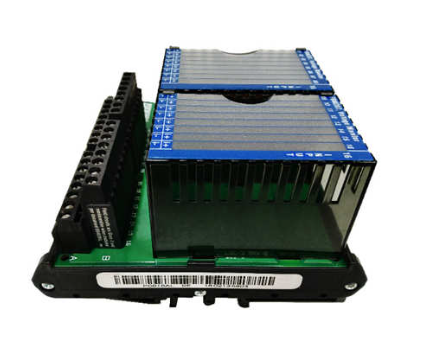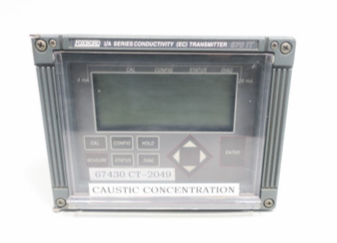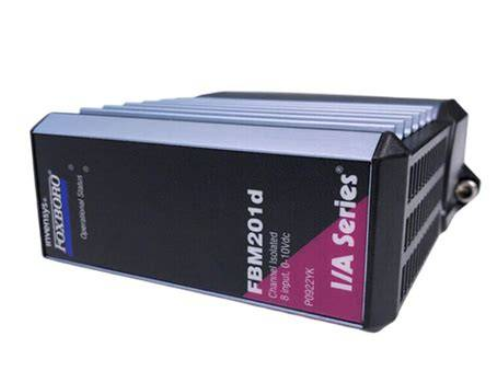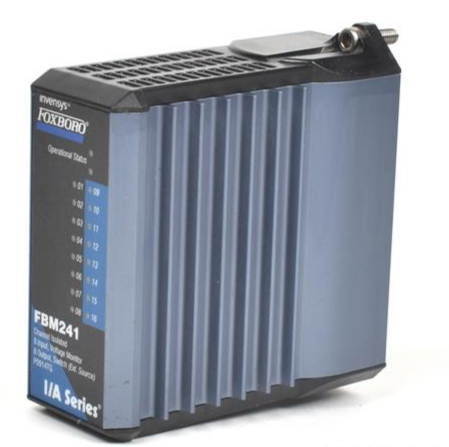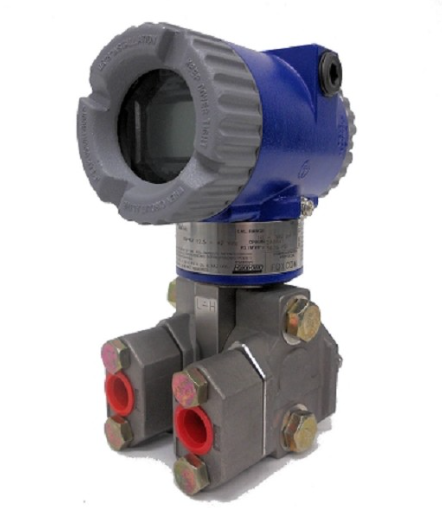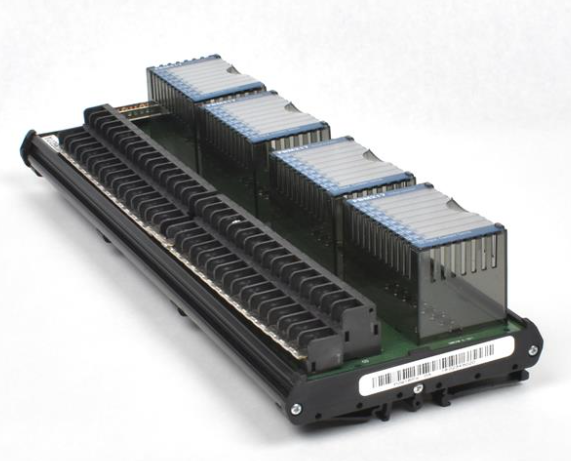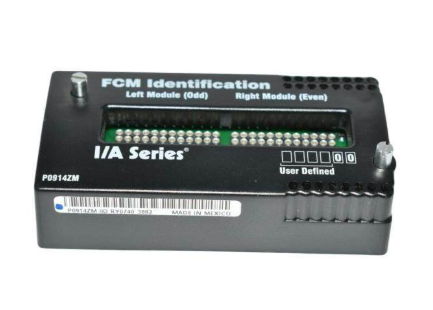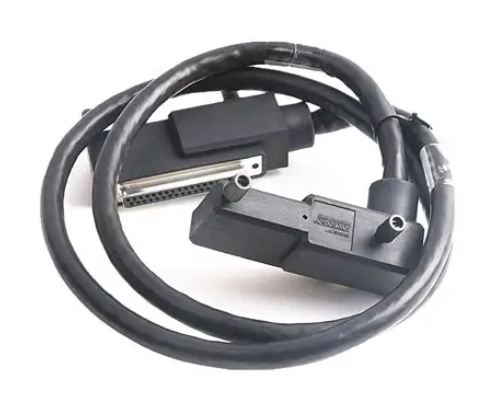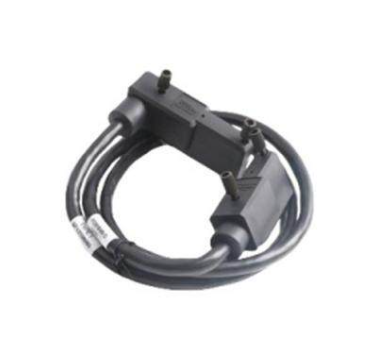Current situation and technical conception of gravity energy storage power generation
Measures such as vigorously developing non-fossil energy and promoting green energy use modes are the key to achieving China's "dual carbon" goal [1]. The medium - and long-term strategic goal of China's energy revolution clearly states that by 2030, non-fossil energy generation will account for 50% of total power generation, and by 2050, non-fossil energy consumption will exceed half [2]. At present, the renewable clean energy with large-scale development is mainly hydropower, wind energy and solar energy. Water energy is developed earlier, the most mature technology, is a high-quality green energy. At present, the scale of new construction of conventional hydropower in China has slowed down in general, and has entered a moderate and orderly stage from rapid and concentrated development [3-5]. The development space of wind energy and solar energy is huge, and from the perspective of global development trend, the growth rate is fast [6]. In December 2020, China announced at the Climate Ambition Summit that by 2030, the total installed capacity of wind and solar power in China will reach more than 1.2 billion kW. As we all know, wind energy and solar energy are greatly affected by natural factors, and the prominent problem is the randomness and intermittency of power generation. Large-scale access to the grid will bring many problems in power balance, power consumption, stability control and other aspects, especially after the increase of their proportion, high requirements and new challenges will be put forward for the rapid and flexible adjustment of the power system [7-10]. In order to ensure the safe and stable operation of the power system after the access of various types of fluctuating power supplies, energy storage is the most effective solution and can not be ignored. Therefore, energy storage technology has become one of the hottest topics in today's energy research [11-15].

Energy storage involves a wide range of fields, according to the way of energy storage, can be roughly divided into physical energy storage, chemical energy storage, electromagnetic energy storage and heat storage. Chemical energy storage mainly has a variety of battery class electrochemical energy storage, hydrogen energy storage and so on. Electrochemical energy storage can meet the needs of diverse scenarios, but it needs to face security risks, environmental pollution, operating costs and other unavoidable problems; Hydrogen energy storage is suitable for large-scale energy storage and long-period energy regulation, but it is still in the demonstration application stage. Electromagnetic energy storage, such as superconducting electromagnetic, supercapacitors, etc., has low energy density and high cost. Heat storage technology has good market value in specific application fields such as electric heating, electric heating, industrial heating, solar thermal energy storage system, etc. Physical energy storage mainly includes pumped storage, compressed air energy storage, flywheel energy storage, etc. Compared with other energy storage methods, it has significant advantages of low impact on the environment and high safety. At this stage, compressed air energy storage and flywheel energy storage do not have the conditions for large-scale commercial application, so pumped storage is the most widely used large-capacity energy storage technology [16-19]. On July 15, 2021, the National Development and Reform Commission and the National Energy Administration issued a document clarifying that "pumped storage and new energy storage are important technologies and basic equipment to support new power systems" [20]. Pumped storage power station has the functions of peak load and valley filling, frequency and phase regulation, emergency backup, etc. At present, most of the energy storage in the world is achieved by pumped storage. Objectively speaking, although the construction cycle of pumped storage is longer and the cost is higher, it has obvious technical advantages in many aspects such as storage capacity scale, technical maturity and service life. In recent years, China's pumped storage industry has developed rapidly, and has reached the world-class level in terms of applied head, single unit capacity and unit development technology. Pumped storage power stations have become the main body of energy storage in China's power grid [21-25]. Of course, the development of pumped storage power stations requires appropriate geographical conditions and water resources, which limits the application of pumped storage technology to a certain extent [26-27].
In recent years, based on the basic principle of pumped storage, there have been some foreign research reports on new gravity energy storage technologies [28-30]. Gravity energy storage is to lift heavy objects through transport, so as to convert rich electric energy and store it as the potential energy of heavy objects. In order to reduce the height of pumped storage power station and facilitate engineering layout, some scholars put forward an improvement scheme, namely piston gravity energy storage technology [31-36]. The technology retains the pumped storage unit, and the water body does not store energy directly, but uses a heavy piston to store energy. In addition, the gravity Energy storage power generation scheme reported by Scottish startup Gravitricity, Swiss energy storage company Energy Vault and Austrian research institute International Institute for Applied Systems Analysis (IIASA) does not involve water, but replaces the energy storage medium with a solid weight. Such as sand, rocks, concrete blocks and other similar weight materials [37-46]. At present, there are few relevant academic research materials in China, mainly for research reports relying on mountain energy storage for power generation [47-52], and some public patents on gravity energy storage for power generation [53-60]. The location of gravity energy storage power station is flexible, and it can use wasteland, mountains and other free Spaces to avoid agricultural and ecological land, which can get rid of the restrictions on geographical conditions to a certain extent, and has important value. However, as a potential green energy storage method, gravity energy storage power generation is still in the stage of exploration and development. Therefore, it is necessary to carry out extensive scientific proof and technical analysis.

On the basis of tracking and analyzing the development status of gravity energy storage power generation abroad, this paper puts forward a preliminary scheme of gravity energy storage power generation by analogy with pumped storage technology. By analyzing the reasonable net height difference and heavy operation scale of gravity energy storage power generation, the feasibility and theoretical calculation of core indicators such as single unit capacity and power generation efficiency are carried out. Through the introduction of the concepts of "gravity turbine", "upper bin" and "lower bin", the key scientific issues such as the conversion of heavy energy into rotating mechanical energy, the layout of upper and lower bin and the heavy transport system are discussed, and the relevant core technologies and exploration directions are emphasized, and the research concept of gravity energy storage power generation is initially proposed. It is hoped that through the discussion, attention will be paid to gravity energy storage power generation technology, cross-disciplinary cooperation will be promoted, systematic research will be carried out, and theoretical basis and technical support will be provided for the future development of gravity energy storage power generation in China.
1. Analysis of current status of gravity energy storage power generation
The basic principle of gravity energy storage power generation is similar to pumped storage technology. The basic process of energy storage and power generation is as follows: use rich power to lift heavy objects and store potential energy; When needed, by releasing the potential energy of heavy objects, the generator is converted to generate electricity. According to the current relevant foreign data reports, there are mainly four kinds of gravity energy storage power generation technologies: piston gravity energy storage, hanging gravity energy storage, concrete block energy storage tower and mountain gravity energy storage.
The piston Gravity energy storage proposed by California Gravity Power Company [31] is based on pumped-storage unit and uses heavy piston in shaft to replace water body for energy storage, as shown in Figure 1. When the power is rich, it is pumped and pressurized by the pump turbine to lift the heavy piston and store energy, that is, the water body does not store energy directly; When generating electricity, the heavy piston falls, and its potential energy is transferred to the water flow, which is converted by the pump turbine into mechanical energy to drive the generator. Because the density of heavy weight is higher than that of water, the power generation water head and energy density can be increased under the same height difference condition. In other words, compared with pumped storage power stations with the same potential energy, piston gravity energy storage power generation technology can reduce the construction height, reduce the dependence on geographical conditions and water resources, and facilitate the site selection and layout of power stations. The technical scheme retains the core equipment of pumped storage unit, and the pump turbine technology of pumping and generating power is mature, high efficiency, and has unique advantages. However, some technical problems need to be discussed, such as the technically and economically feasible size and scale, and the sealing scheme between them, which need to be paid attention to the follow-up research progress. At present, the capacity of piston gravity energy storage is limited, and it may be suitable for some small and short-term energy storage.
Gravitricity [37-40], a company that applies suspended gravity energy storage technology, plans to build a 250 kW gravity energy storage pilot power plant in Leith Harbour, Edinburgh, to store local excess power. The project mainly plans to use abandoned drilling platforms and mines, adopt 500-5,000 t heavy drilling RIGS as heavy objects, and realize the storage and release of electric energy by repeatedly lifting and lowering the drilling rig in a 150-1,500 m long drilling rig. When the electric energy is abundant, the rig is pulled above the abandoned mine by electric winch, and the electric energy is stored as heavy potential energy. When electricity is needed, it is generated by dropping the rig to drive the generator.
Gravitricity believes its advanced winch and control system will give it enough flexibility to respond quickly in less than one second to meet the grid's peak load balancing needs. Thomas et al. [41] introduced the technical scheme of using suspended weights for energy storage and power generation, and discussed the potential of applying this technology to the transformation of abandoned deep mines. Because a unit only uses one heavy weight to cycle, the corresponding total energy storage and continuous power generation time are very limited.

It is said that the project can operate for up to 30 to 40 years, and the cost will be half the cost of existing grid-scale battery energy storage solutions. When the power is sufficient, the crane lifts the concrete blocks from the ground and piles them up high like building blocks, converting the energy into potential energy of the concrete block tower, that is, the energy storage stage; When it is necessary to generate electricity, the concrete blocks are dropped in turn to release the potential energy of the heavy objects and convert them into electricity. Concrete block tower seems to be a relatively simple energy storage method, but there are mainly the following problems: due to the cyclic lifting of heavy blocks, the whole "tower" is not fixed, belongs to a kind of variable structure, its stability, reliability, safety and so on need to be carefully designed; Considering its own structural characteristics, the scale of a single concrete energy storage tower may be small and the energy storage capacity is limited. In addition, the potential energy stored by each concrete block from the bottom of the tower to the top of the tower is different, and there are no relevant technical reports on how to design lifting, stacking and energy conversion, and whether the expected effect can be achieved. Energy Vault said it has reached an agreement with India's Tata Power company to deploy a 35 MW·h storage system that can generate power within 2.9s with a peak power of 4 MW, which is worth further attention to the development progress.
The mountain gravity energy storage (MGES) proposed by IIASA Institute [45-46] mainly uses the terrain of steep mountainous areas to store energy through the potential energy of sand and gravel, as shown in Figure 4. When electricity is abundant, an electric system similar to a ski lift is used to lift containers filled with sand and gravel to the top of the mountain for storage. During peak power consumption, the sand and stone are transported back to the ground by gravity from the top to generate electricity by releasing the potential energy of the sand and stone. The institute believes that the mountain gravity energy storage system is a longer duration and larger scale energy storage method than the lithium battery energy storage system. Mountain gravity energy storage seems simple and easy, but the efficiency of the cable car system applied is not easy to improve, the comprehensive benefit of the energy storage power generation system may not be ideal, and the relevant technical solutions need to be developed.
2. Discussion on gravity energy storage power generation technology
By analogy with pumped storage technology, the gravity energy storage power generation scheme conceived in this paper is shown in Figure 5. The fluid "water" is replaced by a solid "heavy object", the upper and lower "reservoir" is replaced by the upper and lower "warehouse", and the "pumped storage unit" is changed into "gravity energy storage unit". When the power grid is low and there is a surplus of power, the transmission system (crane, transmission equipment, etc.) lifts the weight of the lower bin to the upper bin of the higher position, and converts the surplus electric energy into the potential energy of the weight to be stored and used. When power consumption peaks and power supply is insufficient, heavy objects fall in turn, converting the potential energy of heavy objects into mechanical energy and electrical energy, that is, through "electrical energy → mechanical energy → mechanical energy → mechanical energy → electrical energy", electricity storage and recycling are realized.
2.1 Theoretical capacity of gravity power generation
The energy storage power station involved in power system regulation must have a certain installed capacity, and the application scenario is bound to be limited if the capacity is too small. In addition, energy storage, power generation and other efficiency is the core index of energy storage technology, low comprehensive efficiency will lose the value of commercial development. Therefore, in order to study and develop gravity energy storage power generation technology, it is first necessary to find out the theoretical power generation capacity and the possible level of energy conversion efficiency under certain technical and economic conditions. By analogy with the basic formula of hydropower output, this paper discusses the scale and efficiency of gravity power generation theoretically.
- EMERSON
- Honeywell
- CTI
- Rolls-Royce
- General Electric
- Woodward
- Yaskawa
- xYCOM
- Motorola
- Siemens
- Rockwell
- ABB
- B&R
- HIMA
- Construction site
- electricity
- Automobile market
- PLC
- DCS
- Motor drivers
- VSD
- Implications
- cement
- CO2
- CEM
- methane
- Artificial intelligence
- Titanic
- Solar energy
- Hydrogen fuel cell
- Hydrogen and fuel cells
- Hydrogen and oxygen fuel cells
- tyre
- Chemical fiber
- dynamo
- corpuscle
- Pulp and paper
- printing
- fossil
- FANUC
- Food and beverage
- Life science
- Sewage treatment
- Personal care
- electricity
- boats
- infrastructure
- Automobile industry
- metallurgy
- Nuclear power generation
- Geothermal power generation
- Water and wastewater
- Infrastructure construction
- Mine hazard
- steel
- papermaking
- Natural gas industry
- Infrastructure construction
- Power and energy
- Rubber and plastic
- Renewable energy
- pharmacy
- mining
- Plastic industry
- Schneider
- Kongsberg
- NI
- Wind energy
- International petroleum
- International new energy network
- gas
- WATLOW
- ProSoft
- SEW
- wind
- ADVANCED
- Reliance
- YOKOGAWA
- TRICONEX
- FOXBORO
- METSO
- MAN
- Advantest
- ADVANCED
- ALSTOM
- Control Wave
- AB
- AMAT
- STUDER
- KONGSBERG
- MOTOROLA
- DANAHER MOTION
- Bently
- Galil
- EATON
- MOLEX
- Triconex
- DEIF
- B&W
- ZYGO
- Aerotech
- DANFOSS
- KOLLMORGEN
- Beijer
- Endress+Hauser
- MOOG
- KB
- Moxa
- Rexroth
- YAMAHA
- Johnson
- Westinghouse
- WAGO
- TOSHIBA
- TEKTRONIX


Email:wang@kongjiangauto.com

